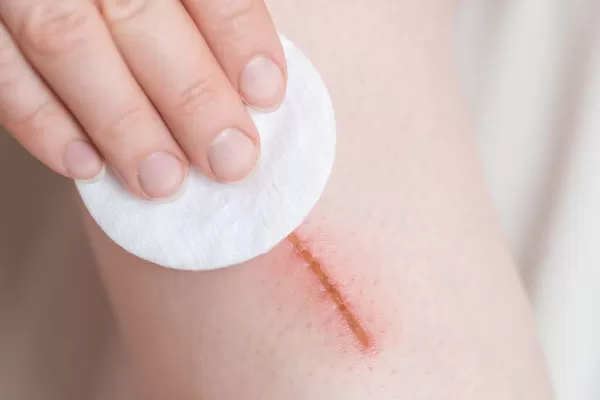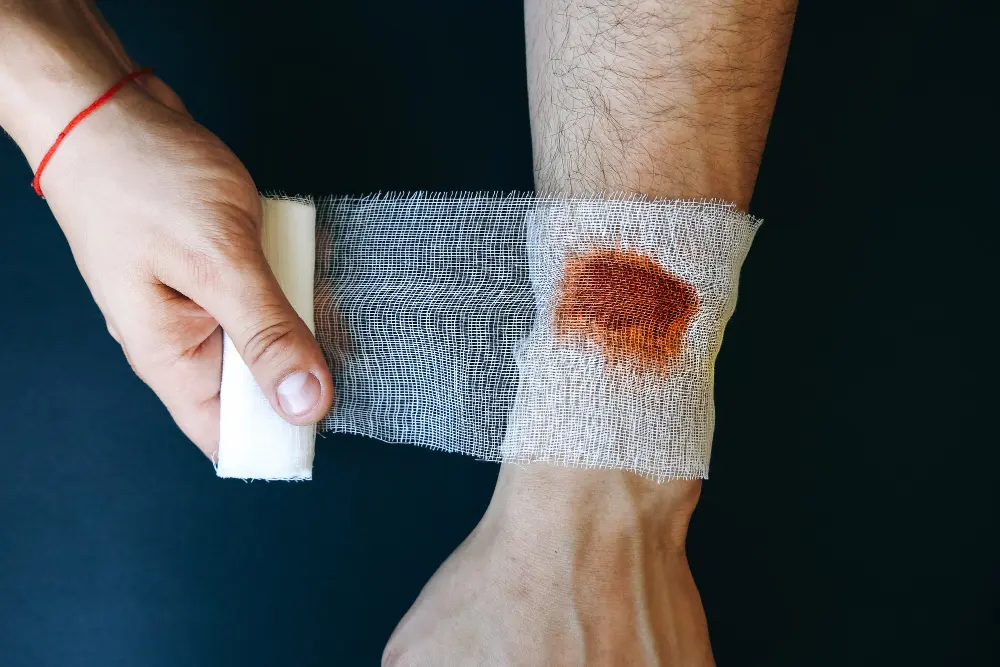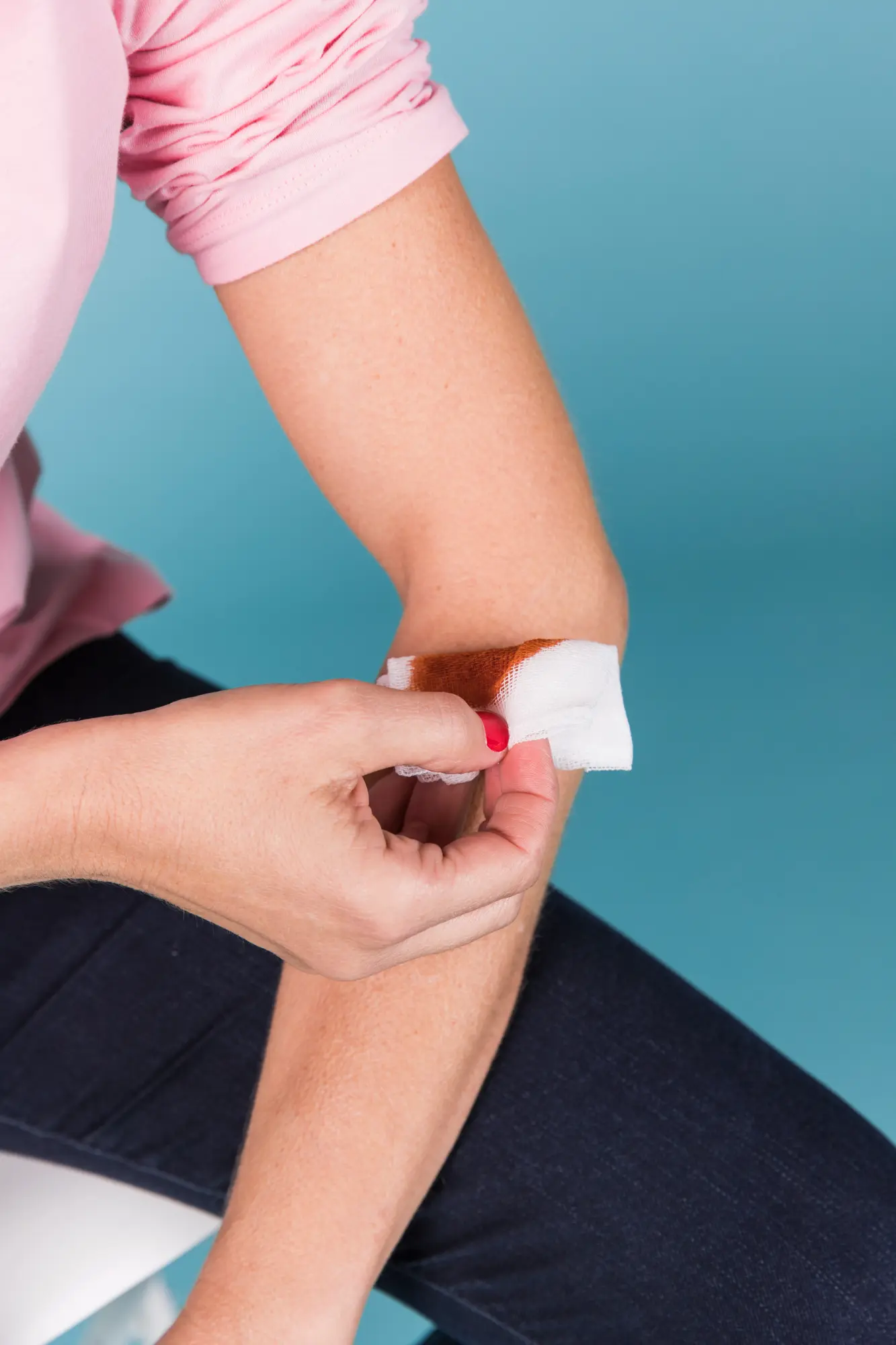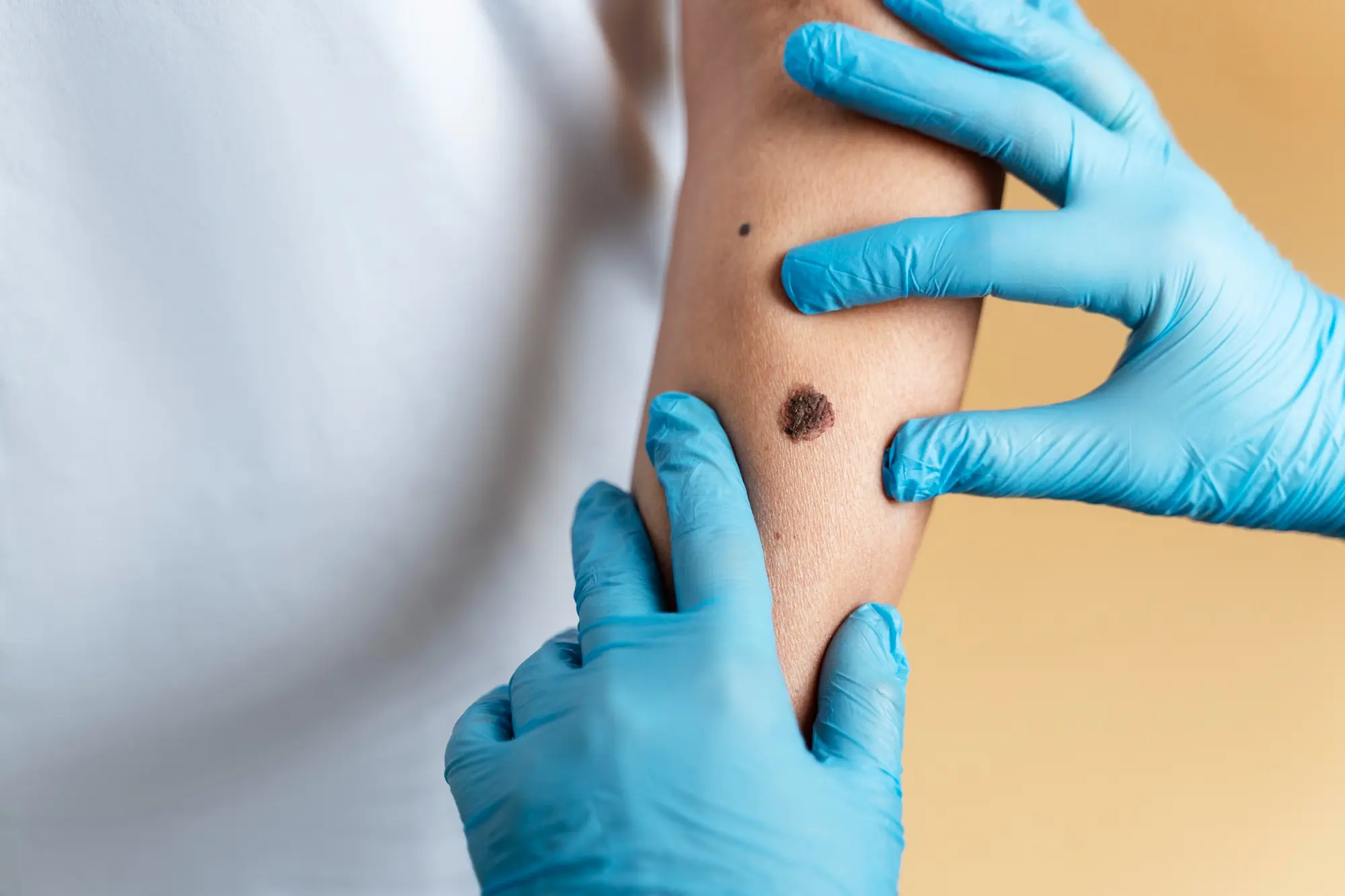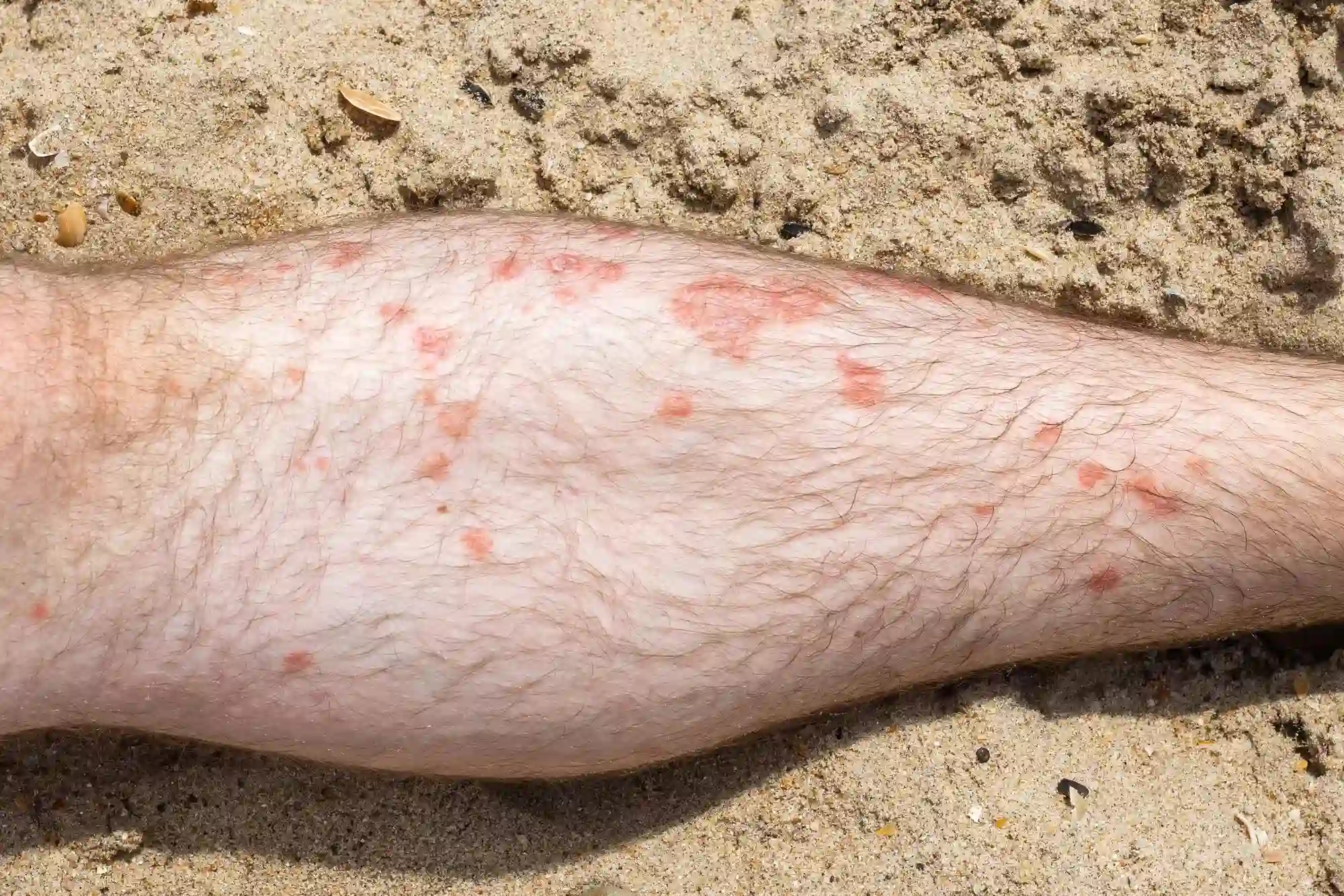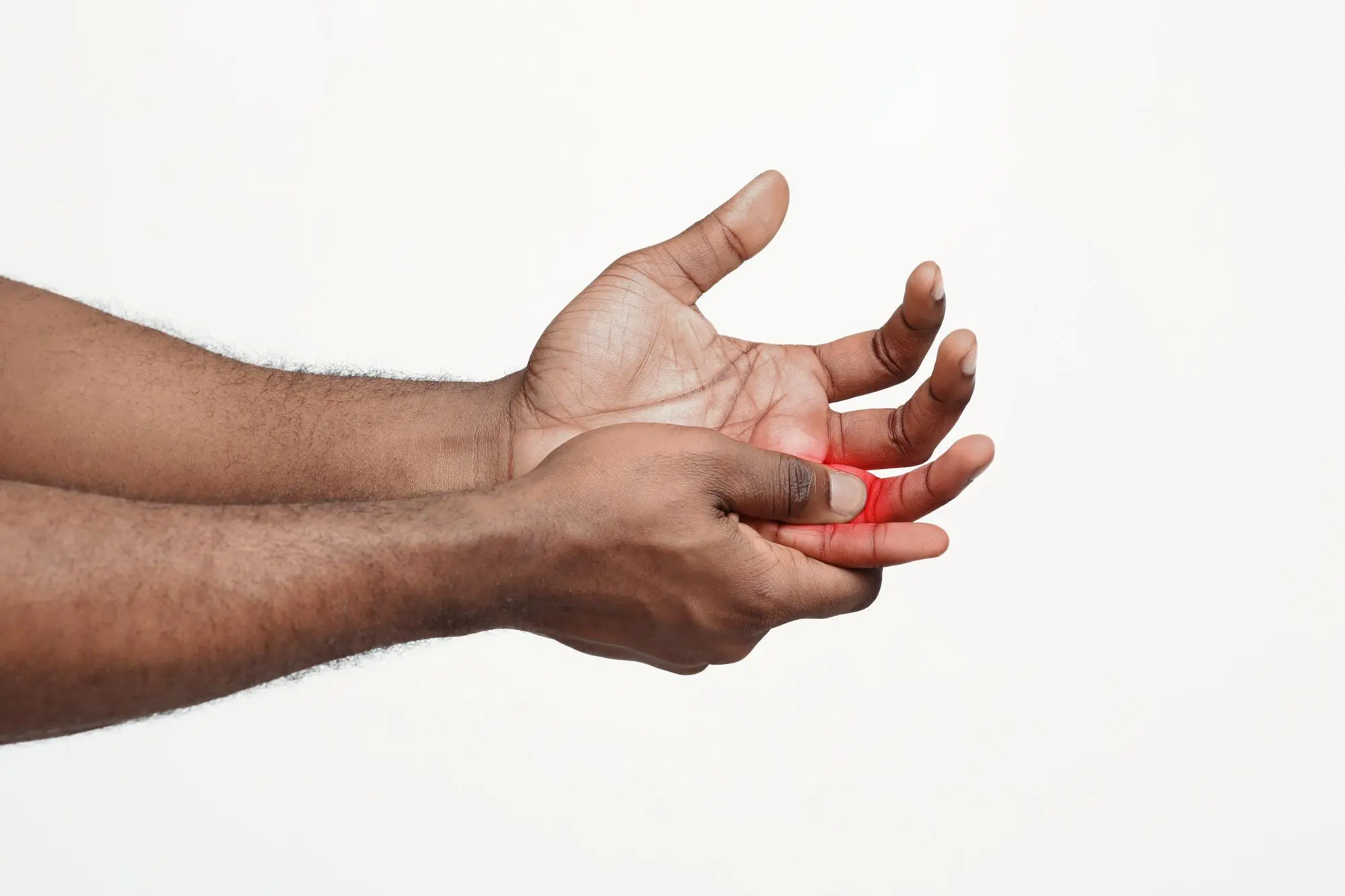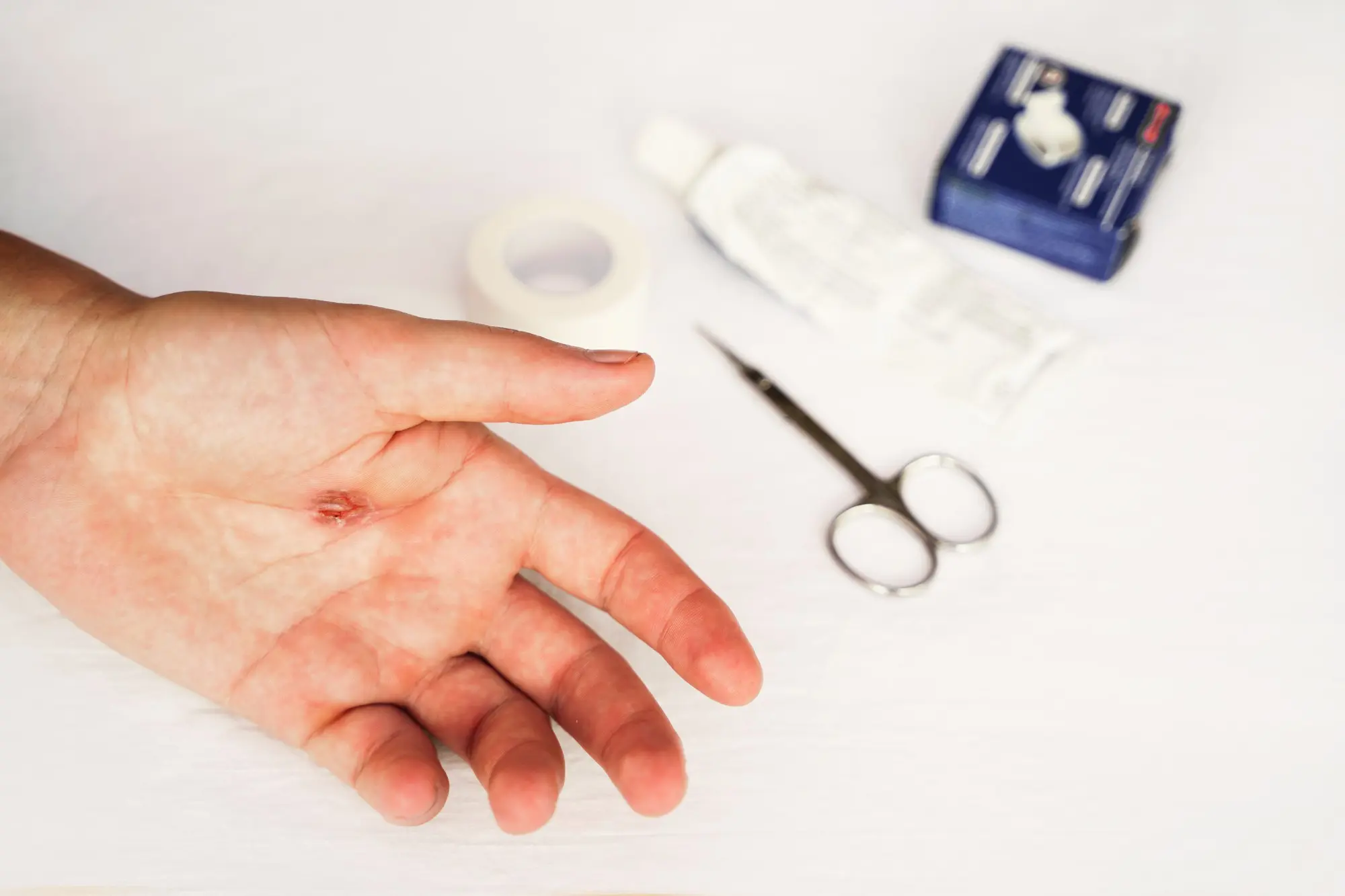What Does Chronic Wound Treatment Mean?
Chronic wounds are a significant medical problem that can lead to pain, decreased mobility, and decreased quality of life. The treatments aim to promote the healing of chronic wounds and prevent infection.
They can be defined as those who heal late or do not heal at all. If a wound does not heal within 4 to 6 weeks despite treatment, it is called a chronic wound. These wounds are often associated with underlying medical conditions such as diabetes, vascular disease, or immune system disorders.
Treatment for chronic wounds typically involves a multidisciplinary approach that includes addressing the underlying medical condition, optimizing nutrition, providing wound care, and in some cases, performing surgery on tissues.
Surgery may be required for chronic wounds that fail to heal with conservative measures. The type of surgery depends on the underlying cause of the wound and may involve procedures such as skin grafting or flap surgery.
Overall, the goal of chronic wound treatment is to promote healing, prevent infection, and improve quality of life. A comprehensive approach that addresses the underlying medical condition and optimizes wound care is necessary for successful treatment.
If you are looking to get reliable treatment for chronic wound treatments, contact Dr. Burak now!
You can get more information about Dr. Burak by visiting his bibliography and scientific publications page!
What Is an Example of a Chronic Wound? Types and Severity
Diabetic Foot Ulcers
Diabetic foot ulcers, which are one of the complications of and occur by diabetes, may cause non-healing wounds. If this is left untreated, it can lead to gangrene or death of the patient. 15% of all diabetics can be treated for diabetic foot disease once in their lifetime.
Pressure Ulcers (Bedsores)
Pressure is the most important factor in the formation of bedsores. Pressure ulcers (a.k.a decubitus ulcers) occur when soft tissues are exposed to pressure.
If it is not prevented, necrosis and ulcers occur. Factors such as humidity, infection, friction, deterioration of the general health of the patient, advanced diabetes and edema reduce the durability of the tissue and pressure-related chronic wounds may occur.
Venous Insufficiency Wounds
Problems in the circulatory system can cause chronic wounds on the legs. Venous leg ulcers occur due to venous hypertension and leg muscle pump failure. The main cause of the problem is based on heart failure. Venous leg ulcers typically occur around the ankles and can be painful and itchy. Without proper treatment for chronic wounds, they can become infected and cause further complications.
Arterial Insufficiency Wounds
Arterial ulcers occur due to total or partial arteriosclerotic occlusion of an artery. Arterial ulcers are chronic wounds that occur when there is poor blood flow to the legs or feet. They are commonly associated with peripheral artery disease, a condition that narrows the arteries and reduces blood flow to the legs. Arterial ulcers are often painful, especially when the affected limb is elevated. They typically occur on the toes or heels and can be deep and difficult to heal.
What Causes Chronic Wounds?
Slow healing wounds can be frustrating and even debilitating for the patients who experience these kinds of issues. They can be caused by a variety of factors and can require different treatment options depending on the underlying cause.
One common cause of slow healing wounds is diabetes, which can affect circulation and damage nerves, leading to reduced blood flow and impaired healing. Other chronic medical conditions, such as heart disease or autoimmune disorders, can also contribute to slow healing.
These chronic diseases can be listed as follows;
- Diabetes
- Vascular occlusion
- Bedside wounds (Bedsores)
Additionally, lifestyle factors such as poor nutrition, smoking, and stress can impact the body’s ability to heal wounds. Medications such as steroids and chemotherapy can also interfere with the chronic wound healing process.
Conditions that trigger chronic wounds can be listed as follows;
- Obesity
- Cigarette use
- General health disorder
- Advanced age
- Cancer
- Some medications used
Slow Healing Wounds: What Are Chronic Wound Treatments?
Treatment for chronic wound plans may vary depending on the type and severity of the wound, as well as the patient’s overall health. Here are some of the most common chronic wound treatments:
Wound Debridement: This involves removing dead or damaged tissue from the wound bed to promote healing of chronic wounds. There are several methods of debridement, including sharp debridement, enzymatic debridement, and autolytic debridement.
Dressings: Dressings are used to protect the wound and promote healing. There are a variety of dressings available, including foam dressings, hydrocolloid dressings, and alginate dressings.
Negative Pressure Wound Therapy: This involves using a special dressing and vacuum pump to create negative pressure around the wound, which helps to promote healing of chronic wounds.
Hyperbaric Oxygen Therapy: Oxygen therapy involves breathing pure oxygen in a pressurized chamber, which helps to boost oxygen levels in the blood. Thus, it promotes the healing process.
Compression Therapy: This involves using compression bandages or stockings to improve blood flow and reduce swelling.
Skin Grafts and Flaps: In some cases, a skin graft or flap may be necessary to cover the wound and promote healing.
Medications: Antibiotics, pain medications, and other medications may be prescribed to treat underlying infections or manage pain.
In addition to these, the development of an inexpensive biopolymer dressing to heal diabetic foot ulcers is currently underway. Millions of diabetic patients worldwide suffer from diabetic foot ulcers, which can be treated with this new finding.
Chronic Wound Treatment Process
When wounds occur in these patients, they should be treated with a multidisciplinary approach. It is necessary to apply treatment with joint decisions by physicians belonging to different branches. Treatment of patients with progressive chronic wounds can be completed in the hospital.
- In these chronic wound patients, first of all, the sugar level should be treated. Afterwards, wound treatment can be applied. Antibiotic treatment may be preferred according to the culture test performed.
- Wounds can be healed by preserving living tissues, treating infection, and choosing treatment methods that accelerate healing of chronic wounds.
- In some cases, it may be necessary to remove the dead tissue and clean it.
- Antibiotic treatment can be applied according to the culture sample taken, since it is one of the main reasons that cause infection and make it difficult to heal wounds.
- The patient is treated for diabetes.
- The diet is determined by the dietitian.
Risks and Complications of Hand Tendon Transfer Surgery
Infection: Like all surgeries, there is a risk of infection with hand tendon transfer surgery. Patients are typically given antibiotics before and after the surgery to help prevent infection, but it can still occur in rare cases.
Nerve Damage: During the surgery, there is a risk of damage to nerves that control hand movement. This can lead to weakness or even paralysis in the affected hand.
Blood Clots: Blood clots can form in the legs after surgery, which can be dangerous if they travel to the lungs. Patients are typically given blood thinners and encouraged to walk as soon as possible after surgery to help prevent blood clots.
Scarring: Scar tissue can form around the incision site, which can affect hand function and mobility. Physical therapy may be necessary to help improve hand function after surgery.
Tendon Rupture: In rare cases, the transferred tendon may rupture or tear, which can require additional surgery.
Stiffness: After surgery, some patients may experience stiffness in the affected hand. Physical therapy and hand exercises can help to improve mobility and flexibility.
Allergic Reactions: Some patients may have an allergic reaction to the anesthesia or other medications used during the surgery.
Treating Infections in Chronic Wounds: Antibiotics or Other Options
Antibiotics are often prescribed to treat infections in chronic wounds, either topically or orally. Topical antibiotics are usually used for mild infections, while oral antibiotics are reserved for more severe infections or those that have spread beyond the wound.
However, the overuse of antibiotics can lead to antibiotic resistance, which is a growing concern in the medical community. To combat this issue, healthcare professionals may consider alternative treatments for chronic wound infections.
One alternative option is the use of antimicrobial dressings, which are designed to help prevent and treat infections in chronic wounds. These dressings contain agents that can kill or inhibit the growth of microorganisms, reducing the risk of infection and promoting healing of chronic wounds.
Another option is the use of topical antiseptics, which are chemicals that can kill or prevent the growth of microorganisms. Common antiseptics used in chronic wound care include iodine, hydrogen peroxide, and silver.
Chronic Wound Healing Stages
There are typically four stages of chronic wound healing: hemostasis, inflammation, proliferation, and maturation (remodeling).
Hemostasis: In this first stage, the body works to stop bleeding and form a clot in the wound. Blood vessels in the affected area narrow to reduce blood flow, then platelets and clotting factors work together to form a stable clot.
Inflammation: In the second stage, the wound becomes red, swollen, and painful as the body responds to the injury. White blood cells move to the area to fight off any infection and remove dead tissue.
Proliferation: During this stage, new tissue and blood vessels start to grow and cover the wound. The wound edges begin to contract, and granulation tissue, which is pink or red and made up of blood vessels, starts to form.
Maturation (Remodeling): In the final stage, the wound fully closes and forms a scar. The scar may continue to change and mature over time, but the healing process is complete.
Chronic Wound Treatments FAQ
Can Chronic Wounds Be Cured Completely or Do They Require Ongoing Treatment?
There is a possibility to cure these wounds completely with proper treatment, but they usually require ongoing treatment until they heal. The chronic wound healing time can be long, and it may take weeks or even months for the wound to heal completely.
How Do You Treat Chronic Wounds At Home?
It is important to seek medical advice before attempting to treat a chronic wound at home. However, some general tips for managing chronic wounds at home include keeping the wound clean and dry, changing the bandage regularly, and avoiding activities that may put pressure on the wound. Certain topical treatments may also be recommended by your doctor, such as silver dressings or hydrocolloid dressings.
How Doctors Treat Your Chronic Wounds?
Doctors may use a variety of treatments to manage and heal chronic wounds, depending on the specific wound and its severity. These treatments may include debridement, which involves removing dead or damaged tissue from the wound, applying special dressings to promote healing, using compression therapy to improve circulation and reduce swelling, and prescribing antibiotics or other medications to manage infection or pain. In some cases, surgery may be required to repair the wound.
Do Chronic Wounds Ever Heal?
Yes, chronic wounds can heal with proper treatment. However, the chronic wound healing time may take longer than with acute wounds and may require ongoing care and attention to prevent complications. It is crucial to stay in touch with your doctor to manage and treat chronic wounds.
How Long Does It Take for a Chronic Wound to Heal?
Although the term “chronic wound” refers to a wound that has failed to heal within three months, they generally take longer to heal than acute wounds, and the healing process can take several weeks to several months.
The healing time for a chronic wound depends on various factors, such as the size and severity of the wound, the underlying health condition of the patient, and the treatment approach used.
How Can I Tell If My Chronic Wound Is Infected and What Should I Do If It Is?
Signs of a chronic wound infection may include redness, swelling, warmth, foul odor, fever, and increased pain. When you suspect your chronic wound is infected, you must contact your doctor immediately. It may recommend taking a sample of the wound and prescribing antibiotics to treat the infection. If you are looking to get affordable and efficient chronic wound treatments, Dr. Burak is ready to diagnose your case!
Are There Any Alternative Therapies or Home Remedies That Can Help with Chronic Wound Healing?
Several alternative therapies and home remedies can aid in chronic wound healing time, but it is essential to consult your doctor before trying them. Some examples include:
Honey: It has antibacterial and anti-inflammatory properties and can be used as a topical wound dressing.
Aloe vera: It has anti-inflammatory and wound-healing properties and can be applied topically to the wound.
Turmeric: It has anti-inflammatory properties and can be applied topically or taken orally.
Vitamin C and Zinc: These supplements can aid in wound healing.
Acupuncture: It can stimulate blood flow and promote healing.


